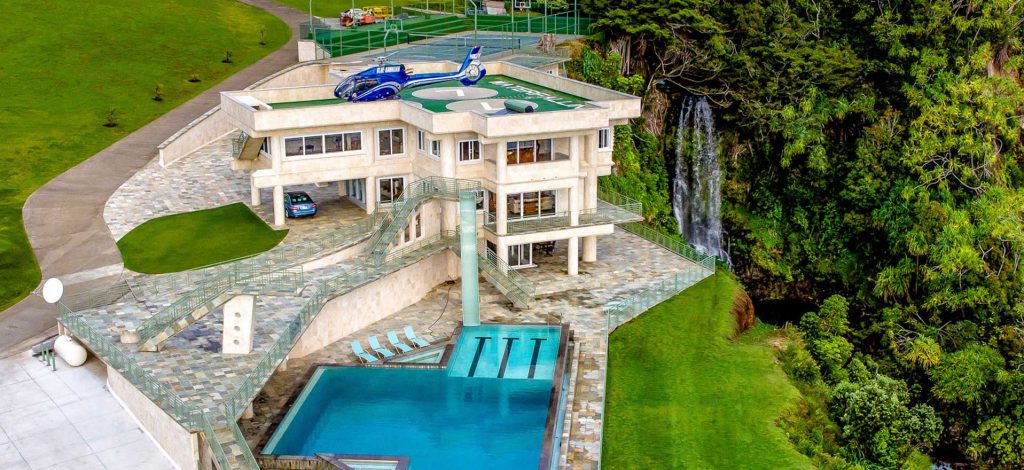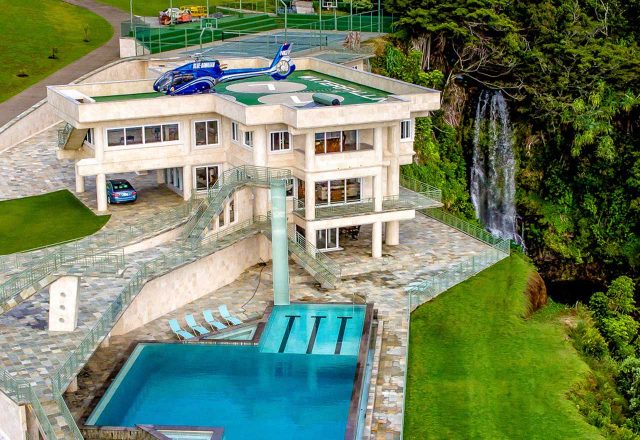History of Hawaii’s Hula
 Aside from Aloha, palm trees and the pacific, one of the first things that come to mind when you think of Hawaii, is the hula dance. We’ve all seen images of the svelte beauties in their grass skirts and headdresses performing the hula, but here in Hawaii, it is much more than a dance. With roots dating back to Hawaii’s original settlers, the hula is history in motion.
Aside from Aloha, palm trees and the pacific, one of the first things that come to mind when you think of Hawaii, is the hula dance. We’ve all seen images of the svelte beauties in their grass skirts and headdresses performing the hula, but here in Hawaii, it is much more than a dance. With roots dating back to Hawaii’s original settlers, the hula is history in motion.
The hula dance was traditionally accompanied by a mele (song) or chant known as an oli, and was originally performed in honor of the volcano goddess Pele. It is said that Pele’s sister Laka performed the first hula dance at her sister’s urging making Laka the keeper or goddess of the hula. Prayers were chanted as the hula was performed and once finished; the dancers would place their leis upon the altar as an offering.
Because the early settlers in Hawaii had no way to record their history, chants would often tell the tales of chiefs, brave warriors and significant family events. These chants were memorized and passed down through generations as a means to share history, and the movements in the hula were a physical expression of the words contained in the mele.
To this day, Hawaiians are very much in tune with the natural elements but this connection to nature was even more prevalent amongst the early Polynesian settlers. This is evident in the fluid movements of the hula dance as they sometimes represent the wind or the ocean, with each movement slowly and seamlessly moving in to the next.
The hula dance went underground once the protestant missionaries arrived in the early 1800’s. They found the movements of the hula suggestive and deemed the dance impure. The newly converted royalty was encouraged to ban the hula and if it weren’t for the devotion of those who practiced or taught the hula in private, this traditional art could well have been lost altogether. King Kamehameha eventually set the stage for the dance’s return to the public, but it was King Kalakaua who reintroduced it with vigor. So devoted to the cultivation and preservation of Hawaii’s unique arts, language and traditions, King Kakakaua once said “Hula is the language of the heart, therefore the heartbeat of the Hawaiian people”, and he was right. It is in his honor that Hawaii celebrates the Merrie Monarch Festival each year.
Visitors to Hawaii can take hula lessons or see traditional hula dancers performing the art at various venues throughout the island chain. Our concierge may not be able to teach you to hula, but we’d be more than happy to help you find someone who can! Have a Happy Aloha Friday all!



